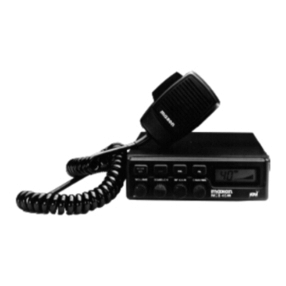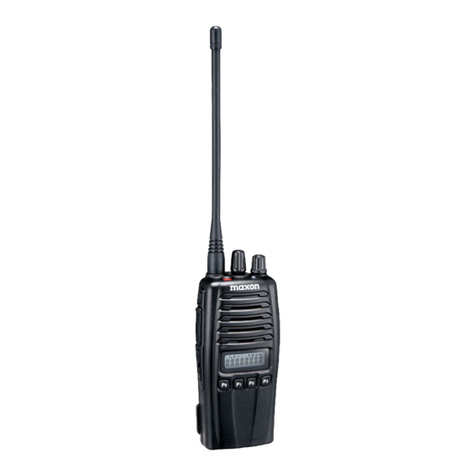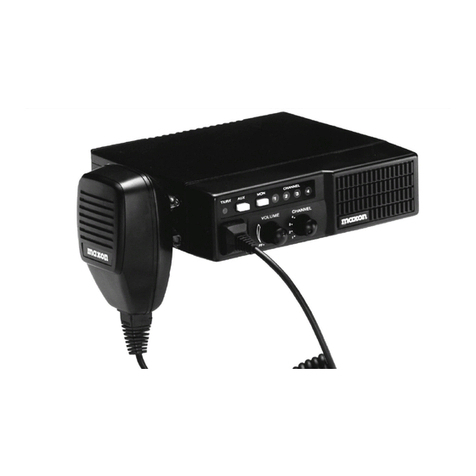Maxon TM-4800 User manual
Other Maxon Radio manuals
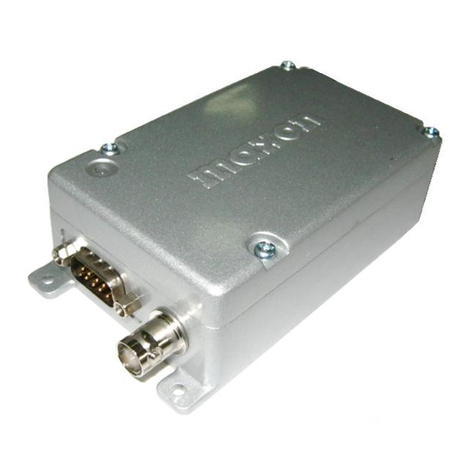
Maxon
Maxon SD170EX Series User manual
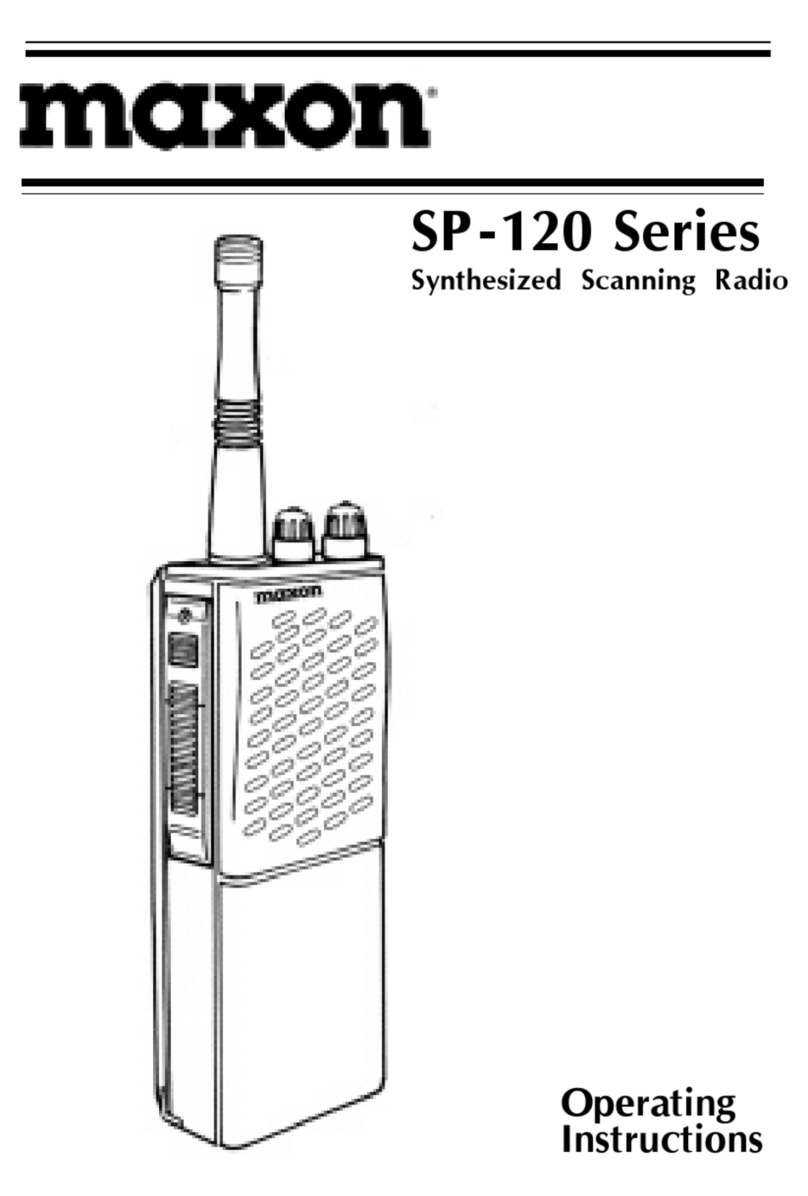
Maxon
Maxon SP-120 Series User manual

Maxon
Maxon SD-270 Series User manual

Maxon
Maxon EM-4800 User manual
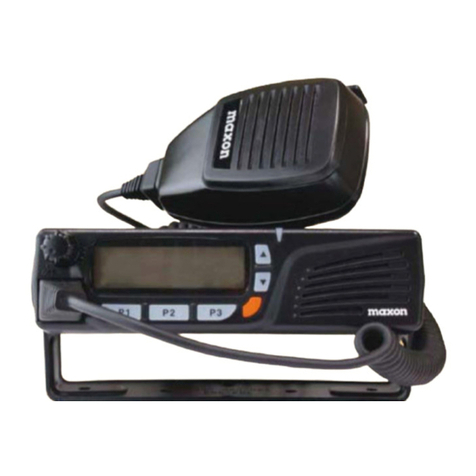
Maxon
Maxon SM2102 User manual
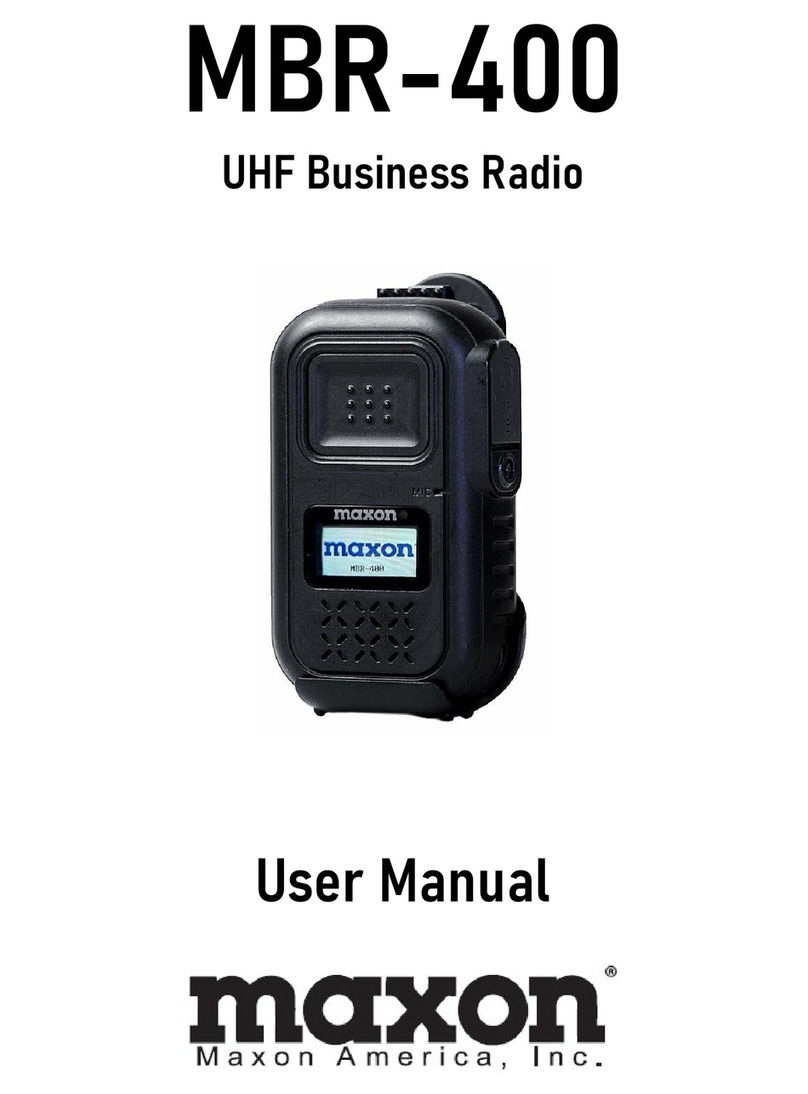
Maxon
Maxon MBR-400 User manual

Maxon
Maxon SP-0402 User manual
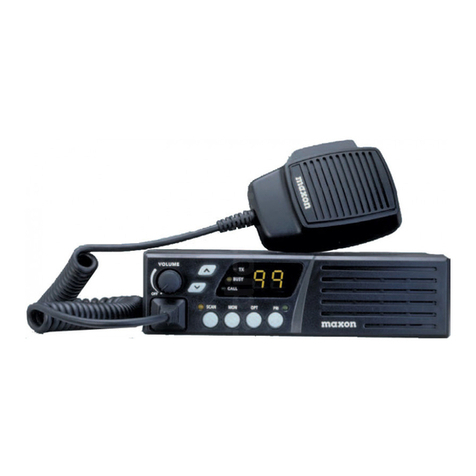
Maxon
Maxon PM160 User manual
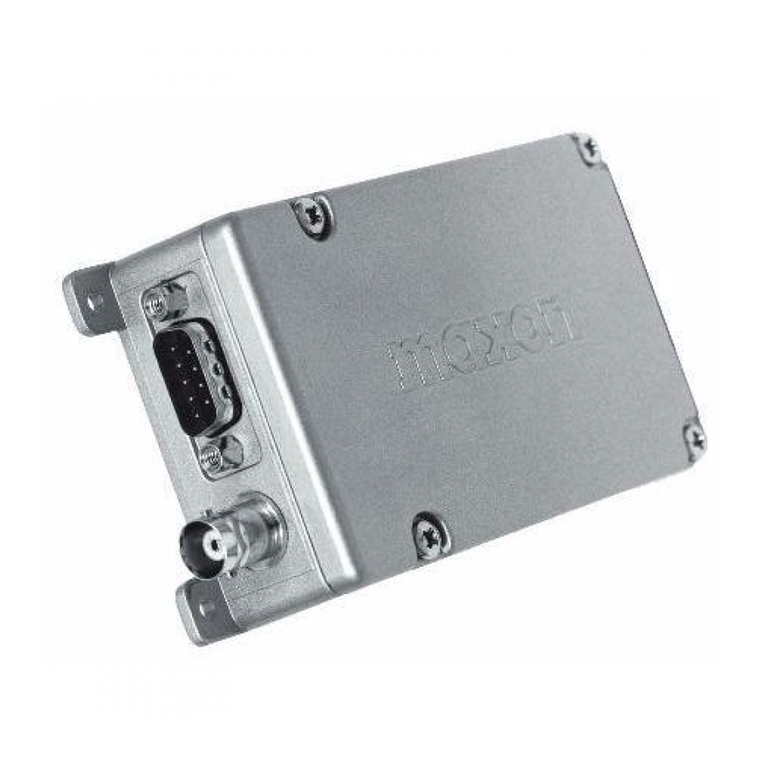
Maxon
Maxon SD125E Series User manual
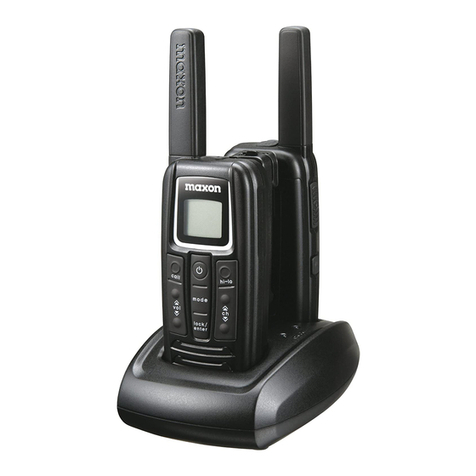
Maxon
Maxon S1 PMR446 User manual

Maxon
Maxon CM10 User manual
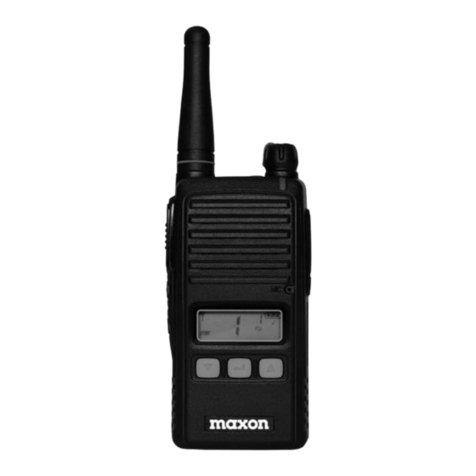
Maxon
Maxon TJ-3000 Series User manual
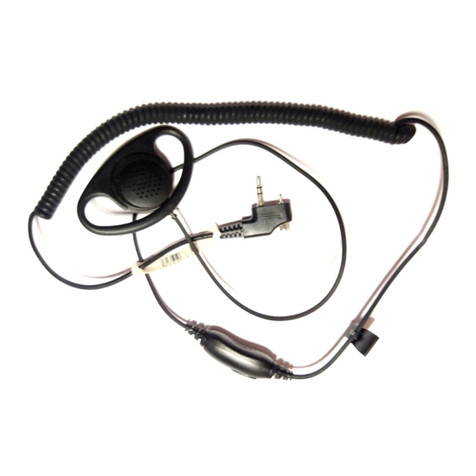
Maxon
Maxon SP-200 Series User manual
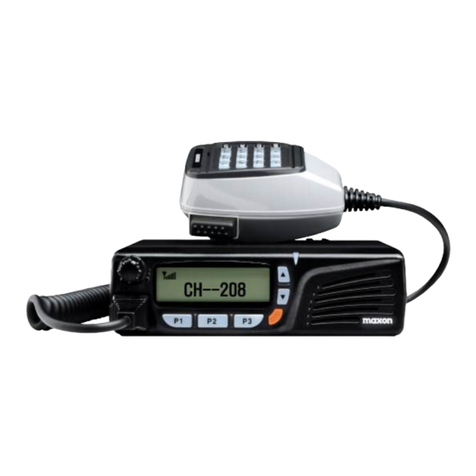
Maxon
Maxon PM200 User manual
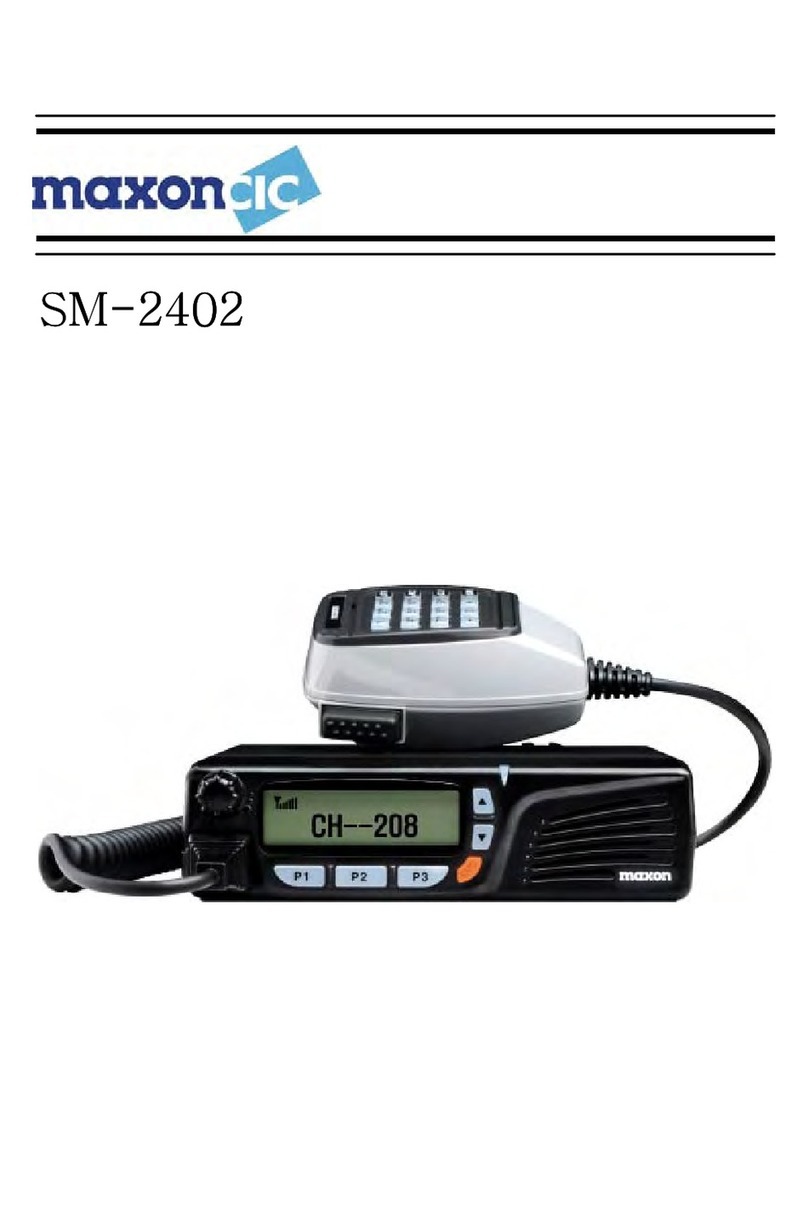
Maxon
Maxon SM-2402 User manual

Maxon
Maxon MBR-400 User manual

Maxon
Maxon SM5402 User manual
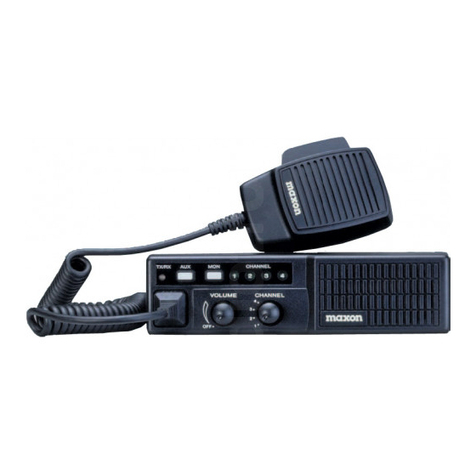
Maxon
Maxon PM100 User manual
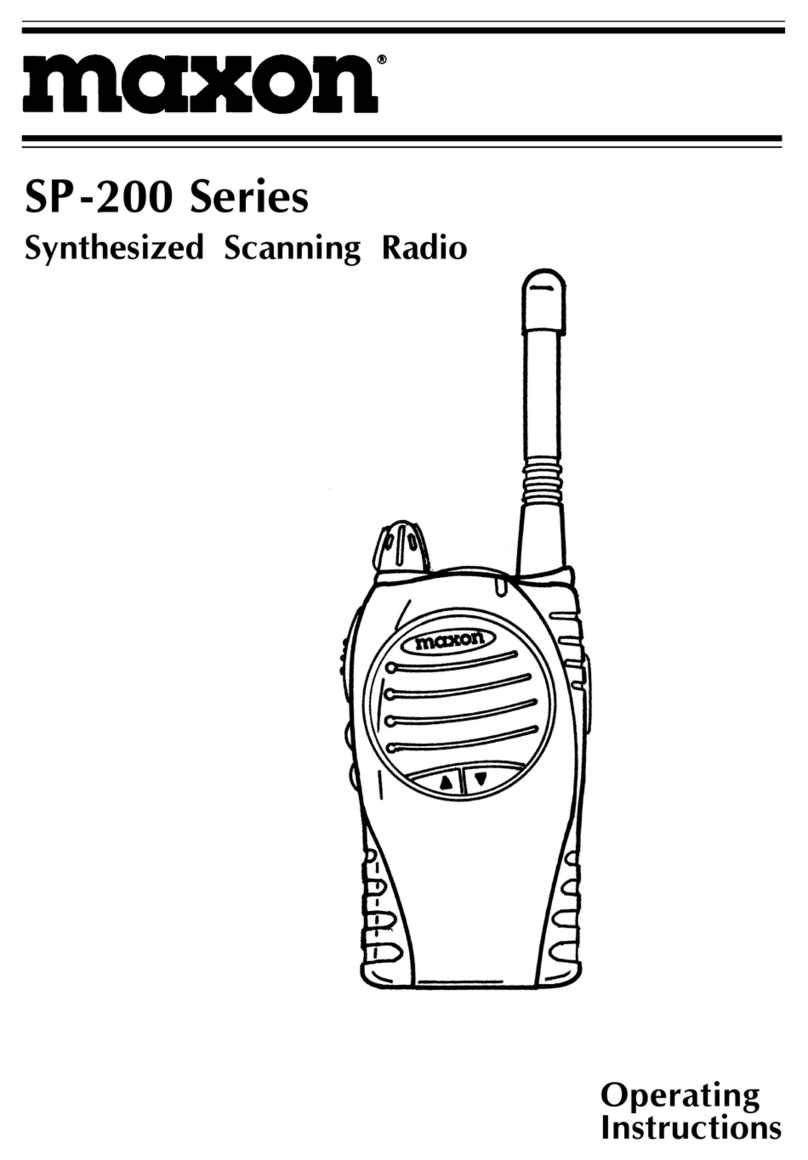
Maxon
Maxon SP-200 Series User manual

Maxon
Maxon SL100K User manual
